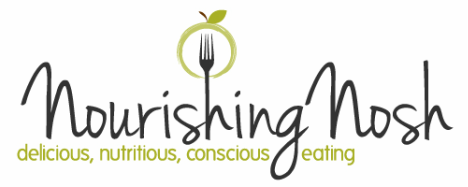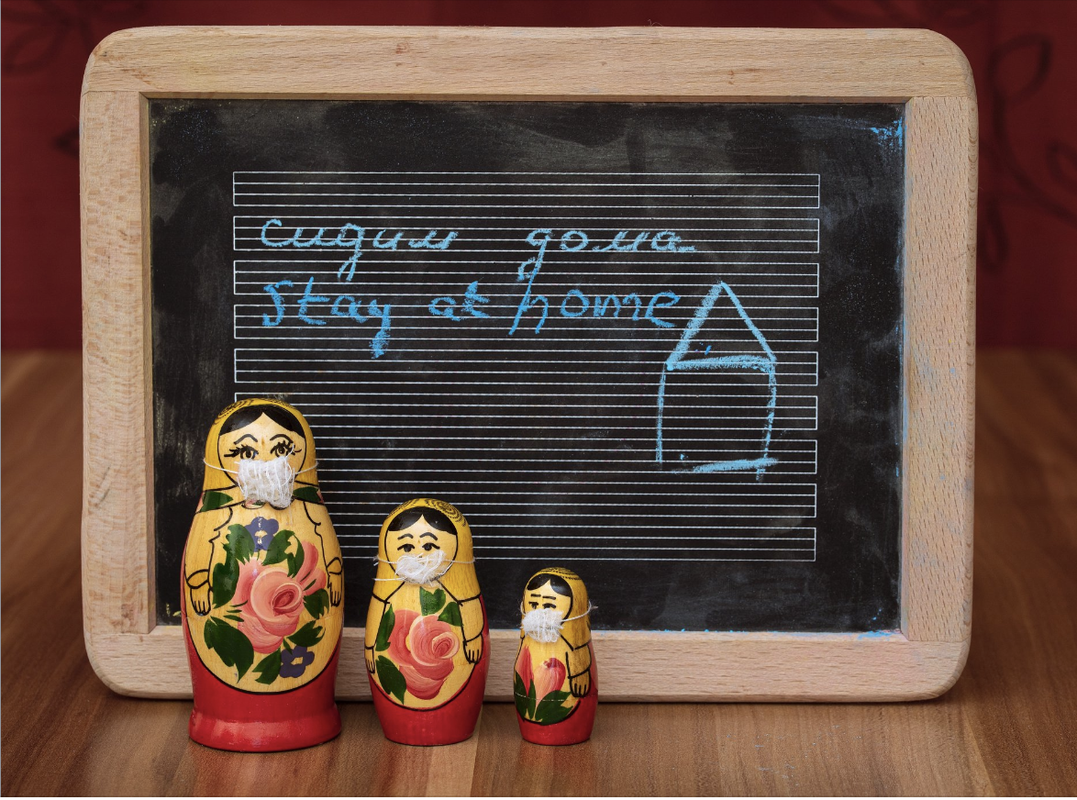|
There are currently 2 divergent camps, providing advice on whether the general public should or should not wear masks in the times of COVID-19. I have done a review of the literature on the pros and cons of wearing face masks and present you with a summary so you can make up your own mind. (Information correct as at 7 April 2020 - there are rumours of a WHO review on Friday but I can't see anything on their website and it is Good Friday so I am sceptical.) The current World Health Organisation (WHO) expert panel’s advice is for healthcare workers caring for COVID-19 patients to wear respirators in the first instance and if these are not available, medical masks. For home carers and those in contact with COVID-19 patients, masks are recommended. Healthy people are not being told to wear masks BUT with the high number of asymptomatic and pre-symptomatic people in the community, the case is not open and shut. Additionally, many countries’ Centres for Disease Control have started recommendING the wearing of masks when out in public and social distancing may be difficult. Countries include but are not limited to China, Italy and the US. REASONS TO wear a face mask. When humans SPEAK, streams of droplets enter the air and can travel up to 2 metres (hence the 2 metre rule in most countries but only 1.5metre rule in Australia.) When humans LAUGH, COUGH, SNEEZE, SHOUT, BREATHE HEAVILY whilst exercising, droplets can travel up to 6 metres. Face masks are widely used by medical workers as part of droplet precautions when caring for patients with respiratory infections. The WHO and All agencies recommend that symptomatic persons or those who come into contact with symptomatic persons and the elderly and the vulnerable wear masks when in public ...if supplies permit. Given the rate of asymptomatic/ presymptomatic infection in the community may be as high as 25%, wearing a mask could protect others from the respiratory droplets of those who are unknowingly infected and slow community transmission. REASONS NOT TO wear a face mask. - Some authorities are concerned about the shortage of PPE including masks for vulnerable frontline medical and essential services personnel so discourage the use of surgical and medical masks. - Some people do not know how to fit, wear and manage their masks properly. For example, masks must be removed and discarded or if cotton, washed before re-use. Hands must be washed with soap and water for 20 seconds or hand sanitiser after masks have been removed and dealt with. - Authorities are concerned that wearing a mask incorrectly might make people touch their faces more regularly. - Authorities are worried that the wearing of masks might make people complacent about WHAT TO DO? 1. Stay at home when you can. 2. Practise frequent hand hygiene, washing with soap and water for 20 seconds or a professionally made hand sanitiser. 3. Practise correct respiratory etiquette. 4. Observe social distancing rules and keep 1.5m away from others at all times (especially when exercising - you might not have it but the person you are passing might.) 5. Wear a mask if you suspect you are infected and must go out. 6. Wear a mask if you are vulnerable, elderly or immunocompromised and must go out. 7. Wear a mask if you are caring for an infected person. 8. Regularly clean all surfaces with professionally made sanitising sprays. #COVIDcare #facemasks #PPE
0 Comments
|
Categories
All
Archives
April 2021
|


 RSS Feed
RSS Feed